Can You Work Out After Getting A Tattoo? What You Should Know
Discover how you can preserve your fitness goals as you wait for your tattoo to heal.

Image: Shutterstock
All you fitness enthusiasts who have decided to take the plunge and get a tattoo, we have a treat for you! If you have been wondering whether you can work out after getting a tattoo or not, the short answer to that question is, no. It’s a bummer, yes! You probably were inspired to get your tattoo by someone at the gym or another fit person you know, and the combination of cool fitness attire and a toned, tattooed body must have appeared extremely appealing. Maybe you thought working out might be one of the best ways to flaunt a tattoo as the setting calls for minimal and comfortable clothing while both fitness and tattoos are known to be edgy concepts. However, exercise a bit of patience, just until the tattoo is healed and then you can jump into fitness wholeheartedly again!
In this article, we uncover the reasons why heavy sweating is not good for your fresh tattoo and what kind of precautions you need to keep in mind. Keep reading for all details relating to doing a safe workout after getting a new tattoo.
In This Article
Can You Work Out After Getting A Tattoo?
It is not advisable to work out soon after getting a tattoo. This suggestion has nothing to do with the pain associated with tattoos. Instead, it arises out of hygiene and medical concerns.
Tattoos are essentially done by piercing a needle through that skin and depositing pigments in it. This creates wounds on the outer layers of the skin. These wounds need to heal before you do any physical activity that exposes the open wound to dirt, grime, sweat and subsequent infections. Doing a workout after getting freshly inked increases the risks of such infections.
Most tattoo artists will recommend that you lay off working out until you notice the first signs of healing. After you get a new tattoo, your skin should take about a week or two for the initial healing phase to complete. You may notice the peeling off of old skin, the formation of scabs, and reduced swelling during this time.
Key Takeaways
- It is not recommended to work out after getting a tattoo as stretching and sweating can interfere with the healing process of the tattooed skin.
- You may do light, indoor exercises such as basic aerobics or walking on the treadmill 72 hours after getting the tattoo.
- Using an unscented, mild soap, every time you get sweaty, can keep bacterial infections at bay and promote better healing.
Reasons To Avoid Working Out After Getting A Tattoo

The major reasons to refrain from strenuous physical activities when you have a healing tattoo are:
1. The Tattoo Is An Open Wound
As the skin is punctured multiple times to deposit tattoo ink, it is left vulnerable to foreign substances in the environment. Pollution, ultraviolet radiation from the sun, and bacteria on gym equipment may cause an infection in these open wounds.
2. Sweating And Stretching Interfere With Wound Healing
While you exercise, you subject your skin to stretching. The skin around the tattoo must be allowed to rest so it can close and heal promptly. Additionally, sweat can carry dust, dirt, and bacteria into the wound, further interrupting healing and increasing the risk of skin infections. On this note, do read about the tattoo healing process, as it will help you plan your exercise routine accordingly.
3. Friction From External Surfaces Irritate The Wound
Your skin, clothes, and gym equipment, like a yoga mat or padded glove, may rub against your healing tattoo, creating friction, irritating the skin, and potentially leading to chafing or rashes. This is another factor that comes in the way of your tattoo’s proper healing.
Regardless of the size and location of your fresh tattoo, you have to give your skin adequate healing time to ensure faster and proper skin repair and a high-quality finish for your tattoo. But how long is enough time to wait? Learn more below!
How Long To Wait To Work Out After Getting A Tattoo?
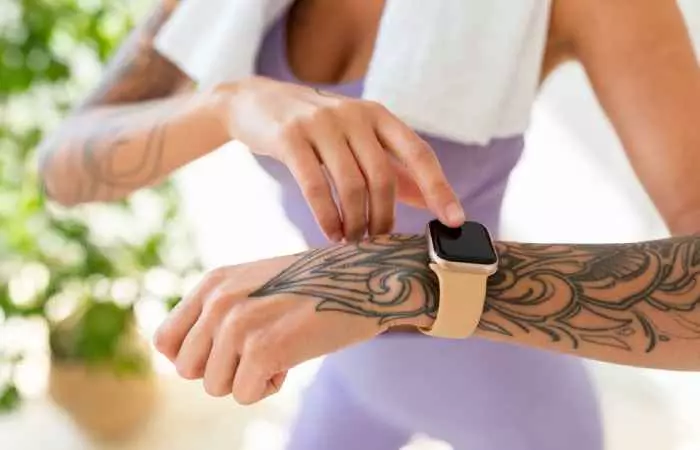
The healing time of your tattoo varies depending on its size, location, and whether you are adhering to the proper tattoo aftercare instructions. Your tattoo artist should be able to provide you with a rough timeline during which you need to keep your tattooed area clean, apply ointments to soothe, hydrate, and heal the tattoo, ensure sun protection, and keep an eye out for any sign of infection.
A general estimate for the complete healing of the tattoo is 4-6 weeks, but you might be able to start exercising before that. Your artist would recommend you avoid heavy sweating for at least 72 hours, or until the protective film or the second skin is removed, which might extend if there is any bleeding or infection. They may also recommend that you stick to light workouts for the first week.
Give your skin enough time to heal from the scabbing before you start working out, as the sweat may cause the scabs to itch. You also run the risk of pulling out peeling or scabbing skin as you work out. To better understand the recovery timeline, let us break down the process.
Stages Of Tattoo Healing
After getting a tattoo, knowing how to take care of a new tattoo is imperative, as it will make the healing easy and smooth. A tattoo typically heals in the following stages:
1. Inflammation Or Oozing
Your body’s immune response causes redness, swelling, and even a little bit of bleeding at the site of the tattoo. The area may also have a warm, tingly, and sore feeling with clear tattoo fluids (plasma) and extra ink seeping out from it. The swelling and oozing may continue for 3-7 days. These signs should be completely gone in two weeks.
2. Itching
The healing of any wound is commonly accompanied by itching. As the tattoo begins to dry up, the skin around it begins to stitch itself, turning flaky, irritated, and itchy. At this stage, scratching the tattoo may lead to rashes and infections. The itching should disappear in two weeks upon following good tattoo aftercare instructions.
3. Skin Peeling
After a few days, scabbing occurs on the tattooed area and the dried skin around it may begin to peel. Hold back the urge to pick at the scab as it may interfere with the healing process and increases the risk of infection. Scabs generally fall off by themselves by the third or fourth week.
4. Skin Repairing
When a scab freshly falls off, the area might still be a little sensitive. It can take anywhere between 4-6 weeks for complete healing of the tattooed area on the surface. The dermis layer continues to heal for a while longer as new skin cells are regenerated, fortifying the inner layers.
Emma Victoria, a beauty vlogger, shares her tattoo healing progress and her first experience with skin peeling. She says, “On day 6, it was really really peeling, and you never ever want to peel your tattoo, it can actually pull some of the ink out. So, it’s hard not to pick it but moisturizer is your best friend (i).”
Remember to avoid heavy sweating when the tattoo is still an open wound. Keep reading to understand why you need to observe such precautions while engaging in a workout after getting a new tattoo.
However, you need not abstain from a workout after a tattoo altogether! There are specific exercises that ensure you get your daily dose of fitness without affecting your newly tattooed skin.
Types Of Exercise You Can Do With A New Tattoo

Plan your temporary workout routine after considering your tattoo size and its location. Walk around your living room and pay attention to how the area around your tattoo feels; whether it tugs at the skin uncomfortably or if it hurts to move a certain way.
As a general rule, consider doing exercises that do not involve your tattoo area. For instance, if your tattoo is on your upper body, focus on lower-body exercises like walking, light cycling, or gentle leg stretches. Similarly, if your tattoo is on your lower body, try seated upper-body exercises, simple arm movements, or yoga poses that avoid stretching the tattooed area. However, if your tattoo is in a spot like your ribs or back that gets strained easily, it’s better to skip workouts for a few days to allow proper healing.
Lastly, consider the environment you will be exercising in. The gym is not a hygienic option even if the only equipment you use is a treadmill. The air is stuffy, and everyone around you is sweating and touching the same equipment. You can either make use of your home workout equipment or do light aerobic exercises.
 Quick Tip
Quick TipOnce you figure out what exercises work for you, there are a few things to keep in mind. Scroll to the next section to know more.
How To Protect Your New Tattoo When You Exercise

Narrowing down a list of safe exercises for your temporary tattoo-recovery workout regimen is only the first precautionary step. Protecting your freshly inked skin is very important if you are going to work out. Most people shield their new tattoos with breathable bandages or protective coverings. But there are more ways you can ensure your tattoo is properly covered. Keep reading to learn some pointers that may help you have a healing and tattoo-friendly fitness experience.
Tips For Working Out Safely After Getting A Tattoo

Follow these tips to ensure a safe workout session during your tattoo’s recovery period:
1. Consider Your Tattoo Placement
As discussed earlier, be mindful of where your tattoo is. If you have a forearm tattoo, avoid arm exercises like curling. If you have a thigh tattoo, avoid leg exercises like lunges and squats. Similarly, for tattoos on your legs, back, or other areas, avoid activities that strain or rub against those spots to allow proper healing.
2. Wear Comfortable Clothing
Opt for soft and loose-fitting clothing made of natural fabrics like cotton or bamboo. Avoid tight clothing, like leggings, compression wear, yoga pants made of spandex, polyester, etc., as they are not breathable. Also, steer clear of lace as it may snag at your scabs.
3. Avoid Direct Sun Exposure
Your skin is sensitive after getting a tattoo and hence it is recommended to limit direct sun exposure. Using sunscreen on the healing tattoo is also not advised. Consider wearing loose-fitting UPF (UV Protective Factor) clothing if you do have to step out.
4. Listen To Your Body
Along with your workout, your fitness goals need a bit of modification as well. Aim for mobility and keeping your body active. Try not to challenge yourself during the workout sessions in this period.
5. Wash Your Tattoo After Sweating
Even the most mild workouts lead to sweating, so get a good shower after your session and use a bit of antibacterial soap on the tattoo as well.
6. Monitor Your Tattoo’s Healing Progress
Despite all precautions, as long as the wound is not completely healed, there is always a risk of infection. Constantly check your tattoo and modify your movements accordingly. You might need to switch up your routine again or visit a doctor for medical ointments based on how your tattoo is healing.
7. Follow Aftercare Instructions Diligently
Adhere to all your tattoo artist’s advice carefully, from cleaning instructions to the application of protective ointments. Follow their tips to the T! Do not hesitate to reach out to them for further guidance.
Now that we have laid down the basics of a safe workout after a tattoo, let us understand the kind of exercises that are totally unsuitable during this recovery period.
Exercises To Avoid After Getting A New Tattoo
Most tattoo experts recommend avoiding outdoor exercising for at least 4 weeks to protect your sensitive skin from environmental pollution and ultraviolet exposure.
Skip any exercises that could make your tattooed skin stretch and reopen healing wounds. Advanced yoga stretches, heavy weight lifting, challenging cardio exercises, or any high-intensity workouts must be avoided for a minimum of 7-15 days. And once you resume, it is advised to start slow. Wait until the old skin begins peeling off before you perform strenuous physical activities. Monitor the healing progress for a couple of weeks and modify your workout activity
 Quick Tip
Quick TipAlso, avoid swimming for at least two weeks. Experts say that soaking your tattooed skin for prolonged periods may break down the tattoo ink. Adding to that, chemically treated swimming pool water can cause adverse reactions and natural water bodies like lakes, rivers, or the sea may expose your tattoo to bacteria.
For most people, getting a tattoo is a meaningful experience. It is them owning up to what they believe in or cherish, essentially baring themselves to the world. However, this experience could be botched if a tattoo is not taken care of properly, resulting in a painful healing experience or unwanted scars from infections around an otherwise aesthetic tattoo. Sweating it out in the gym can be one factor that makes the entire experience bitter for you. Can you work out after getting a tattoo? Yes, but only as long as they are basic exercises that do not strain your freshly tattooed skin. Follow the tips that we have shared in this article so you need not compromise on the health of your inked skin or give up your fitness goals.
Frequently Asked Questions
How long after a tattoo can you run?
You may have to wait 48-72 hours before you go for a run depending on the size of your tattoo. Listen to your body, if it feels uncomfortable, wait two more days until scabs are formed.
Can I workout with the second skin on my tattoo?
No, avoid working out when you have the second skin still on. Although it is made of breathable material, it does not have sweat-wicking properties and may create a moist environment for bacterial growth.
Illustration: Can You Work Out After Getting A Tattoo? What You Should Know

Image: Stable Diffusion/StyleCraze Design Team
You must strike a balance between fitness and tattoo aftercare to ensure neither is compromised. In the following video, a pro tattooist offers detailed insights and tips on planning your workout around your tattoo recovery. Check it out.
Personal Experience: Source
StyleCraze's articles are interwoven with authentic personal narratives that provide depth and resonance to our content. Below are the sources of the personal accounts referenced in this article.
(i). Tattoo Healing Process | Day By Day
https://www.youtube.com/watch?v=mL2JFYHY_24
Read full bio of Anastasiia Gatsko
Read full bio of Aparna Harry
Read full bio of Anjali Sayee
Read full bio of Pahul Nanra






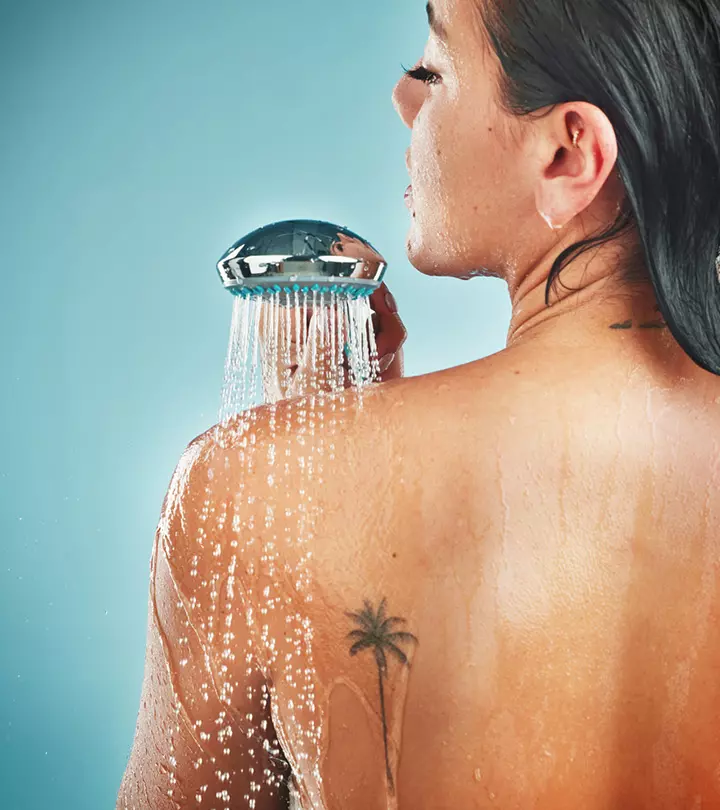
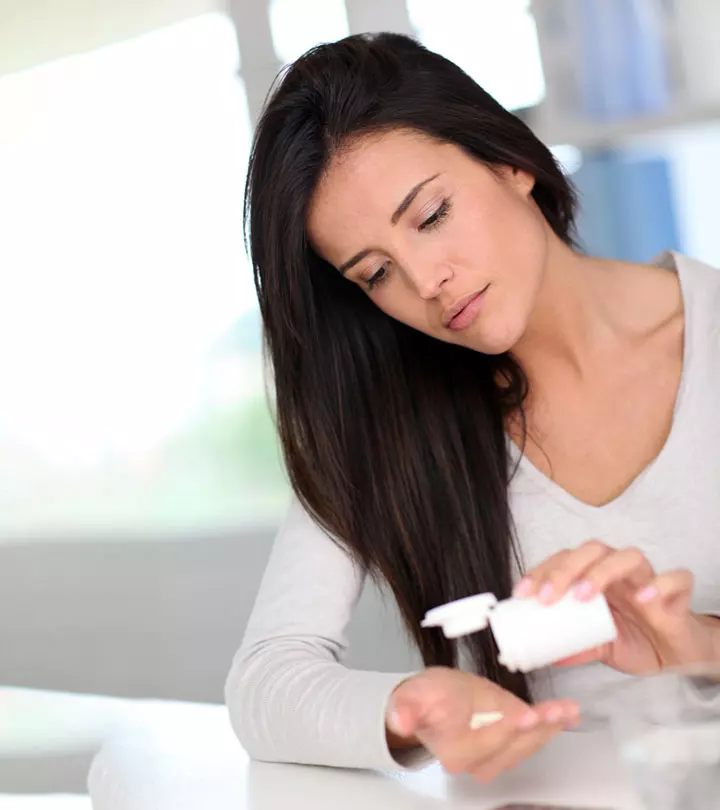


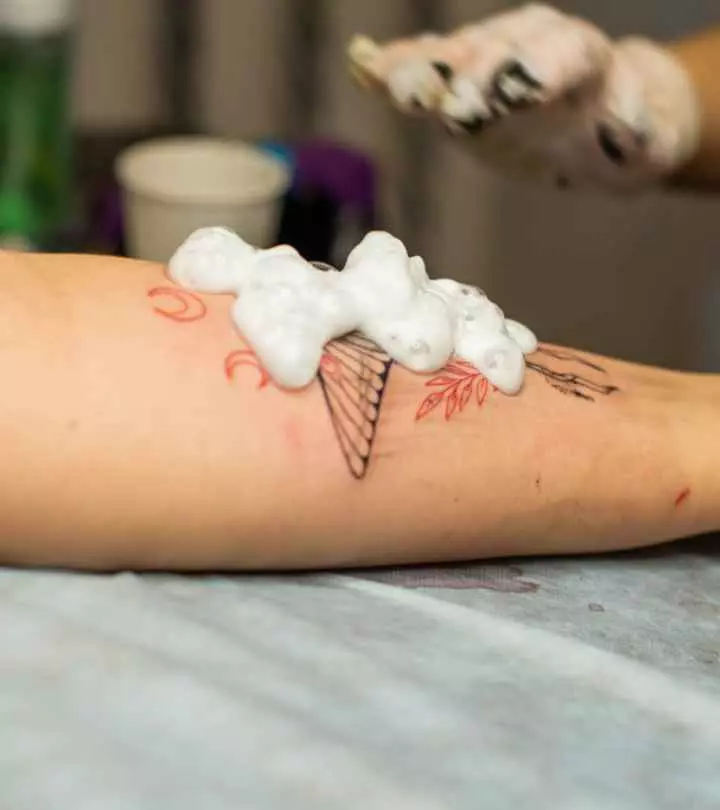
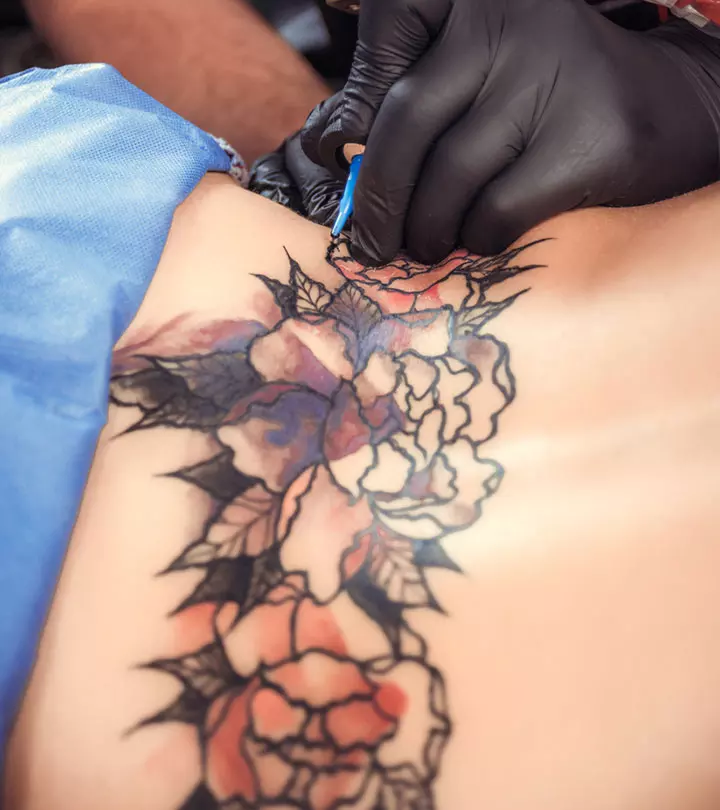










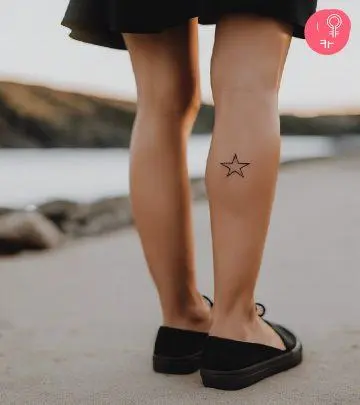

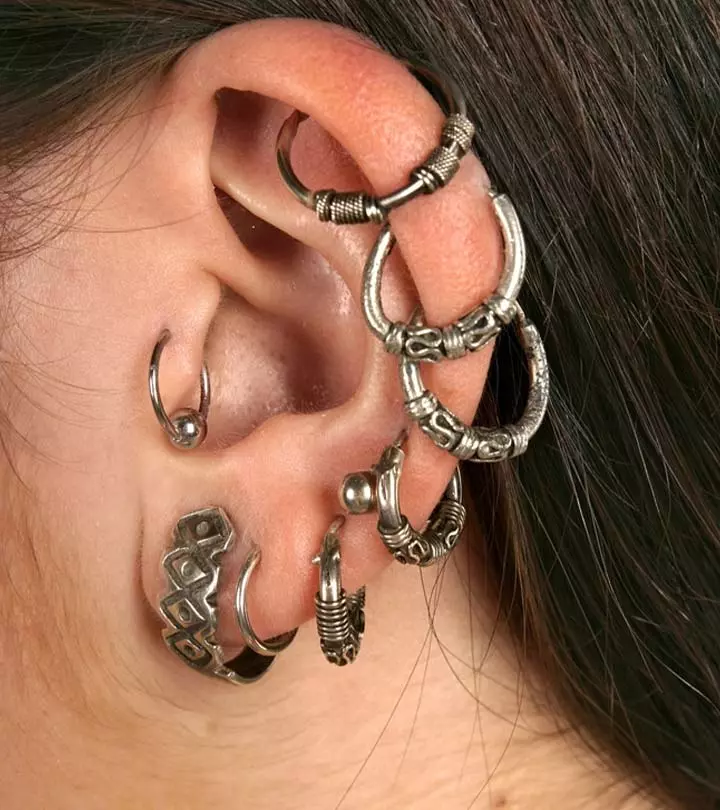

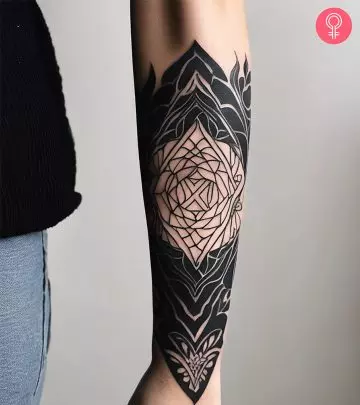
Community Experiences
Join the conversation and become a part of our empowering community! Share your stories, experiences, and insights to connect with other beauty, lifestyle, and health enthusiasts.